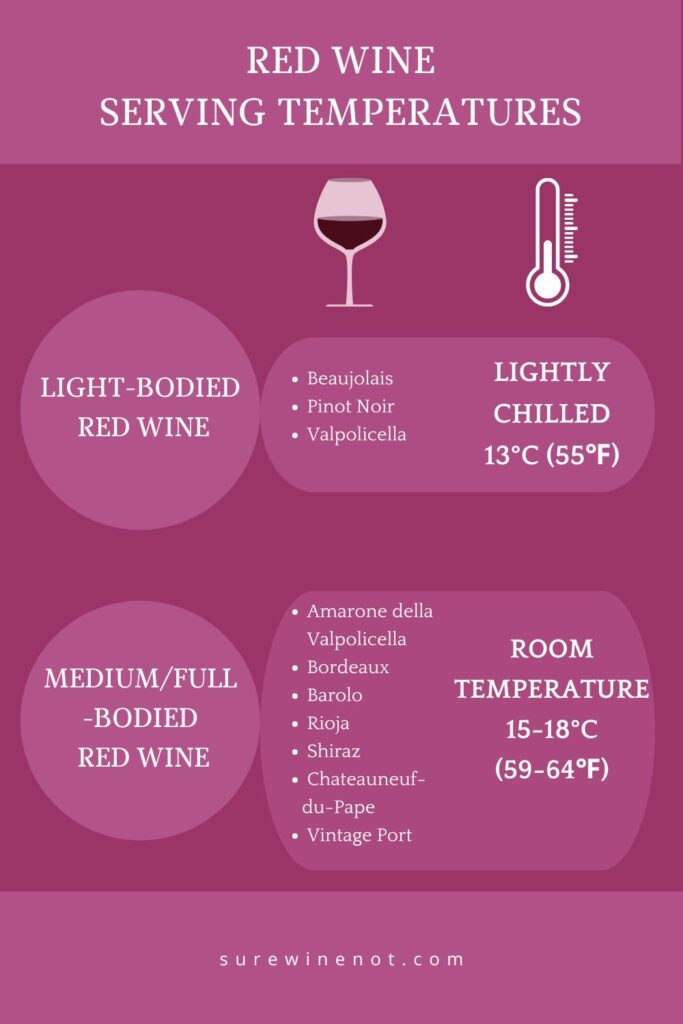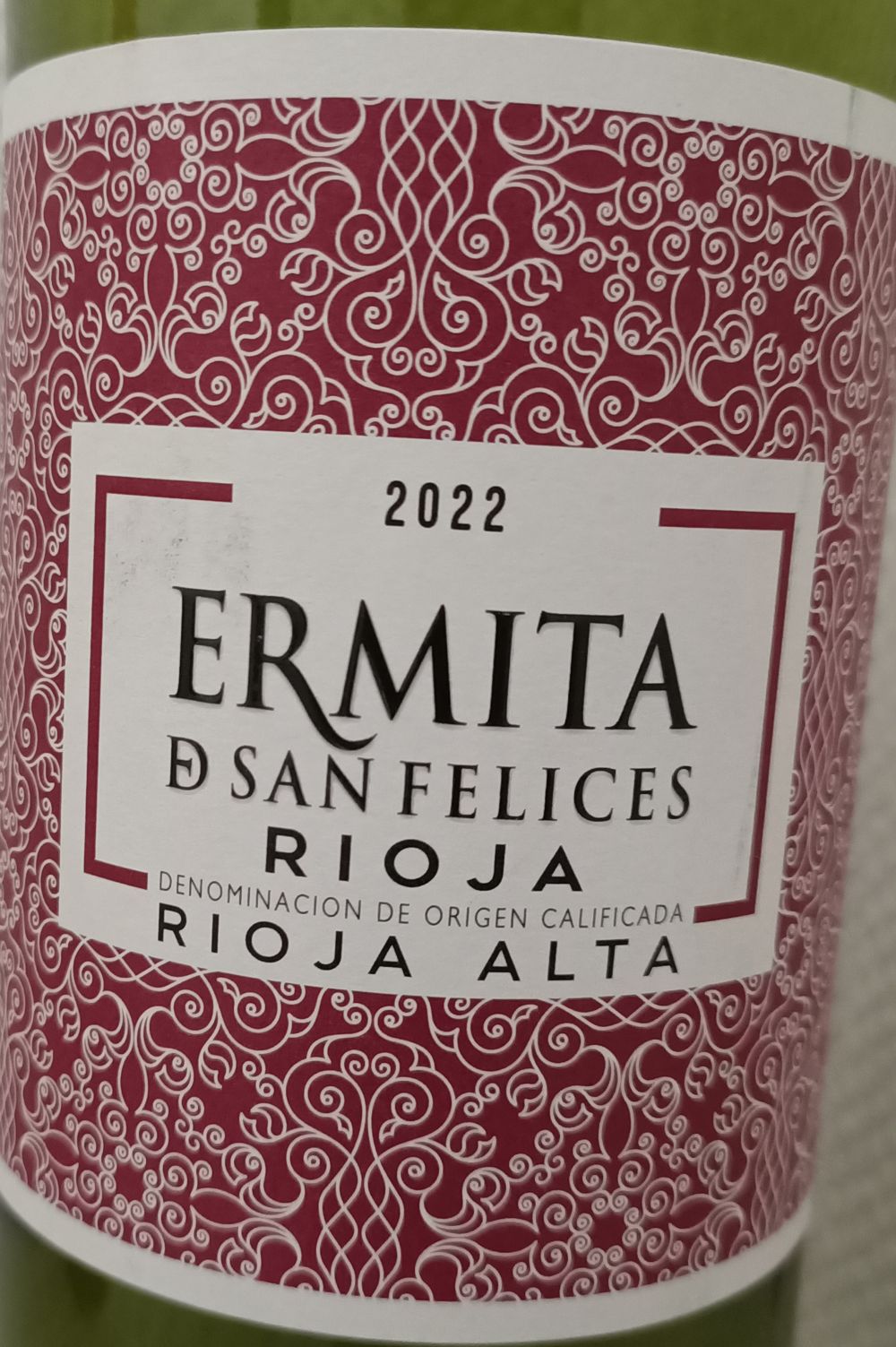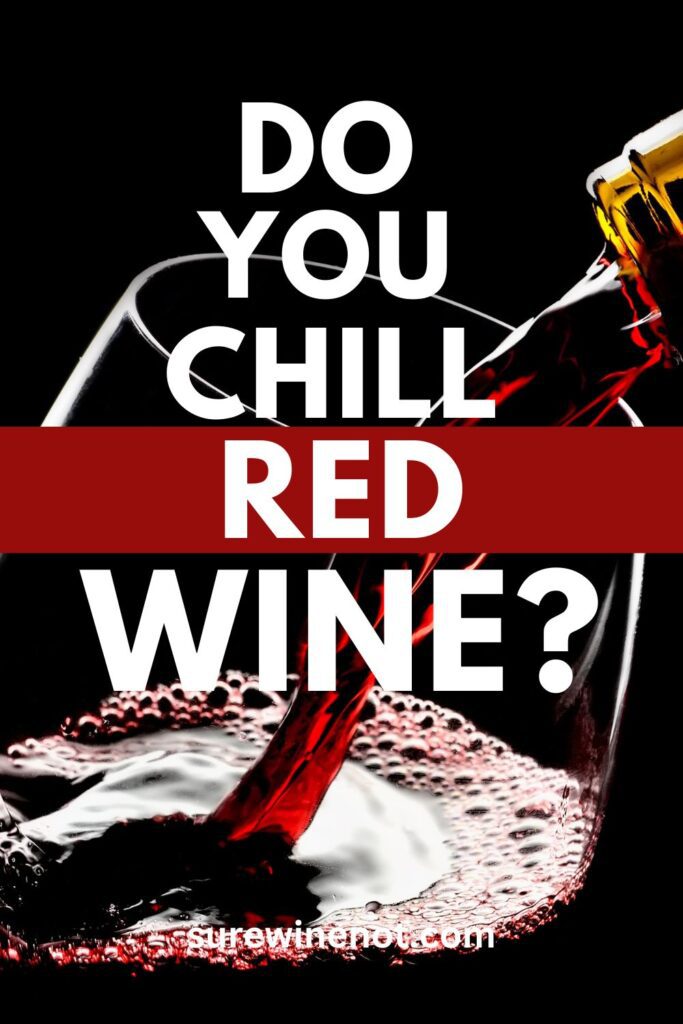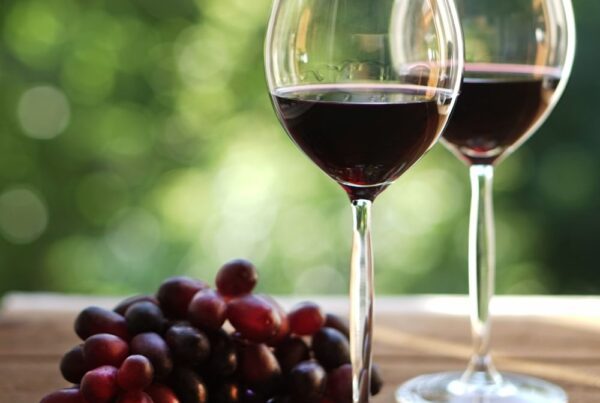Generally speaking, wines show their best and the fullest expression of their styles and flavors when served at particular temperatures.
Knowing the optimal temperature to serve a wine can therefore mean tasting it at its best and getting the most enjoyment from it.
If you only associate chilled wine with white wines and sparkling wines, think again!
Light-bodied reds, such as Beaujolais and Valpolicella should be served lightly chilled.

Contents
Serve at room temperature meaning
What is referred to as “room temperature” for wine might be cooler than what you think it is: 59–64 °F (15 to 18 °C).
What we’ve come to expect as normal room temperature for us is significantly warmer than the optimal serving temperature for wines.
The widespread use of air conditioning and central heating can often result in rooms being either too hot or too cold. So, you may need to warm or cool your red wine before serving, depending on your thermostat.
How temperature affects the flavor of wine
Serving red wine at the correct temperature allows its true flavor profile to shine through.
Cooler temperatures can enhance acidity and fruitiness, while warmer temperatures can soften tannins.
If red wines are served too cold, they may taste thin and harsh.
Sudden exposure to extreme heat can permanently damage wine. If you need to warm a red wine, simply hold the bowl of the glass in your hands to warm gently.
If red wine is served at a temperature exceeding 64 °F (18°C), it can appear to lose freshness and its flavor structure can become muddled.
It should regain balance when cooled to the optimal service temperature (so long as it wasn’t heated suddenly, e.g., sitting on a radiator).

Serving temperatures for red wine
Red wine should be served at the following temperatures:
- Light-bodied red wine should be served lightly chilled 13°C (55°F)
- Medium-bodied and full-bodied red wine should be served at 15 to 18 °C (59–64 °F).
Avoid rapid temperature fluctuations for wine
Rapid temperature fluctuations can damage wine irretrievably, so avoid sudden exposure to extreme heat. Do not warm red wine:
- on a radiator
- with a microwave
- by placing in direct sunlight
If you need to warm wine that has been in a wine fridge or cool room or cellar, allow it to warm up gradually and naturally in a warmer room.
You can also warm wine by pouring into a glass and cupping the glass with your hands. The warmth from your hands will help the wine warm up gradually.
If you need to cool a red wine that is too warm, ideally put it in a wine fridge.
If you don’t have a wine fridge, put it in the fridge or a bucket of ice water for approximately 30 minutes.
Storage Temperature vs. Serving Temperature for wine
It’s important to distinguish between the temperature to store wine and the temperature to serve wine.
Serving temperature may vary depending on the wine’s style and varietal characteristics, as outilined above.
For long-term storage of wine, it should be stored in cool, consistent temperatures to prevent premature aging. Keep away from stong light and vibrations.
Wine sealed with a cork should be stored on its side to ensure it remains in contact with the wine. This will prevent the cork from drying out which can let oxygen in, ruining your wine.

Read with confidence: I am a certified wine expert (WSET L3).





